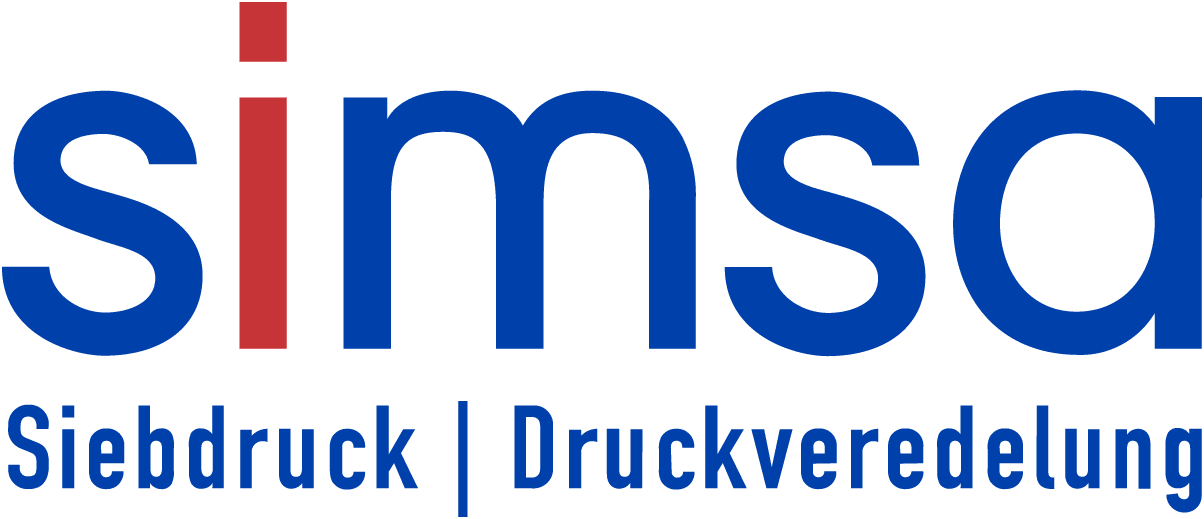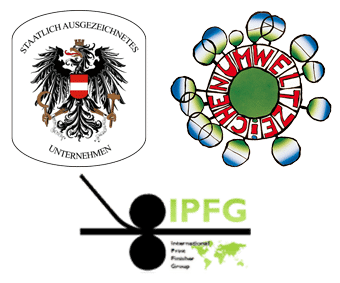Film lamination
Film lamination is the full-surface gluing of a wafer-thin film to a substrate, such as paper, cardboard or thicker rigid plastic films.
Colloquially, terms such as cellophane wrapping or lamination are also often used for film lamination.
The plastic coating creates a composite material with new technical properties.
Technical advantages of film lamination
The lamination film is often used to extend the service life of a printed product, such as books. Film lamination protects the printed surface against moisture, dirt and abrasion.
Transparent laminating films are so crystal clear that they are not even noticeable as a film when viewed. They are available in high gloss, matt standard, matt scratch-resistant and the velvety soft, almost rubber-like matt soft touch.
Many laminating films also bring increased tear resistance to the material composite and thus support further processing, transportation and use.
A barrier effect against grease or moisture may also be desired for food packaging. Most of our laminating films are therefore certified as food-safe.
There is also the option of window lamination with a viewing window into the inside of the packaging in this area.
Although film lamination is always full-surface, under certain conditions we can also leave the adhesive flaps of folding boxes uncoated by means of recess lamination or strip lamination. There is also the option of using special adhesive lamination films.
Decorative added value with laminating films
Decorative requirements can be added to the technical improvements, for example in the case of colored films, metallized laminating films or laminating films with tactile textured surfaces.
Metallized laminating films are available in matt or glossy gold, matt or glossy silver, brushed silver aluminium, hologram effects and metallic colors such as copper or red.
Overprinting of silver cardboard
Full-surface metallic film laminations are also easy to print on retrospectively. If the ink is applied thinly, the metal shines through the colors. Silver and gold can also be beautifully designed with selective matt-gloss effects using UV varnish.
Tactile surface structures
Laminating films with tactile surface structures are linen structure, sand grain, brushed structure with linear alignment and leather structure.
Sustainability & environment
There is also increasing demand for biodegradable, compostable films. We also have these in our range in matt and gloss. These films are made from renewable raw materials such as wood cellulose or corn starch. However, their significantly lower tear resistance must be taken into account.
In the course of the increasing discussion on the subject of plastic, we are increasingly being asked about the environmental aspect of film lamination. Our opinion: film lamination is justified if it is indispensable for the technical solution or if it extends the service life of a product and therefore makes sense in terms of the overall ecological balance. Most laminating films are only 0.012 – 0.03 mm thick and make up a small proportion of the printed product. For these reasons, film lamination is even partially approved by the Austrian Ecolabel . However, please do not laminate disposable products, such as short-term advertising flyers.
Film-laminatable formats & thicknesses
We foil laminate for you from a minimum sheet size of 220x220mm to 1,020×1,420mm and on paper grammagesfrom around 100 to approx. 450g/m².
We can also coat materials up to 35 mm thick with plastic laminate, albeit only semi-automatically and slowly, but in infeed widths of up to 1,600 mm and lengths of around 3,000 mm.
Materials for laminating films
We mainly process PP (polypropylene) and PET. Both are food-safe and groundwater-neutral. In the area of biodegradable films made from renewable raw materials, we supply acetate (acetate), i.e. films based on wood pulp, as laminating films.

